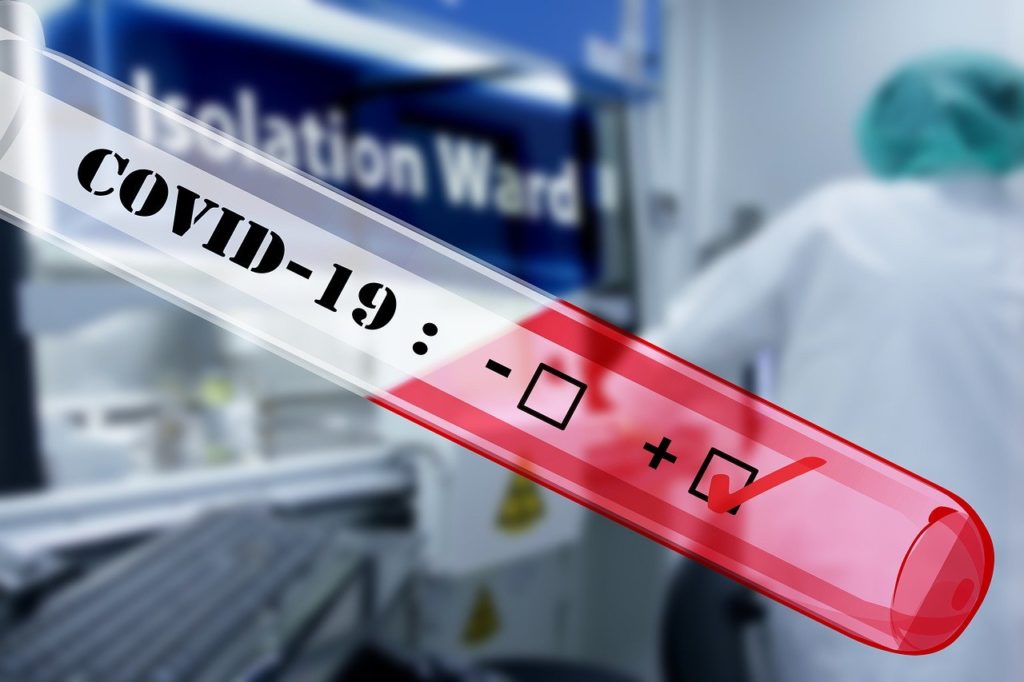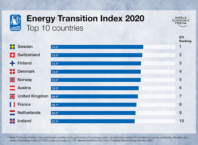Table of Contents
The outbreak of the coronavirus pandemic has caused economic distress across the globe and in order to prevent the spread of the virus India may begin pooled testing of COVID-19 samples to significantly ramp up testing with limited available resources.

About Pooled Testing Algorithm
Under this testing method, samples of multiple individuals are taken and screened through the Reverse Transcription Polymerase Chain Reaction(RT-PCR) technology in which the RNA in a sample is extracted and converted into DNA, which is then amplified using “primers”-short synthesised fragments of nucleic acid to detect the presence of the virus.
If the results show positive cases then the samples are tested individually which is referred to as polled de-convolution.
This process helps in saving the cost of testing all populations individually and helps in getting required information with limited use of resources.
Polled testing procedure has been given a green signal by the Indian Council Of Medical Research(ICMR) in order to increase the number of tests conducted by labs across the country.
IMCR has also advised that the number of samples taken should not exceed 5 in order to avoid sample dilution leading to false negatives.
It has not recommended polled testing where populations with a positivity rates more than 5%.
Is Pooled Testing Effective?
Pooled testing algorithm can be used in places where the positivity rate of COVID-19 is less than 2%.
This method is considered to be most effective when the chances of +ve detection of the target is low and a large group of samples can be conclusively classified as -ve with a single test.
The samples of individuals who came in contact with +ve cases should not be taken in pooled samples.
Benefits of Pooled Testing Algorithm
Pooled testing saves the cost and testing kits required to test the population individually.
The pooled sample approach can facilitate mass screening of COVID-19 , especially in low and middle income settings.
This approach of collecting samples requires around 56-93% less tests, in areas where the spread of disease is low to moderate.
It also helps in tracking down asymptomatic cases of the disease and thereby tracking community transmission.



